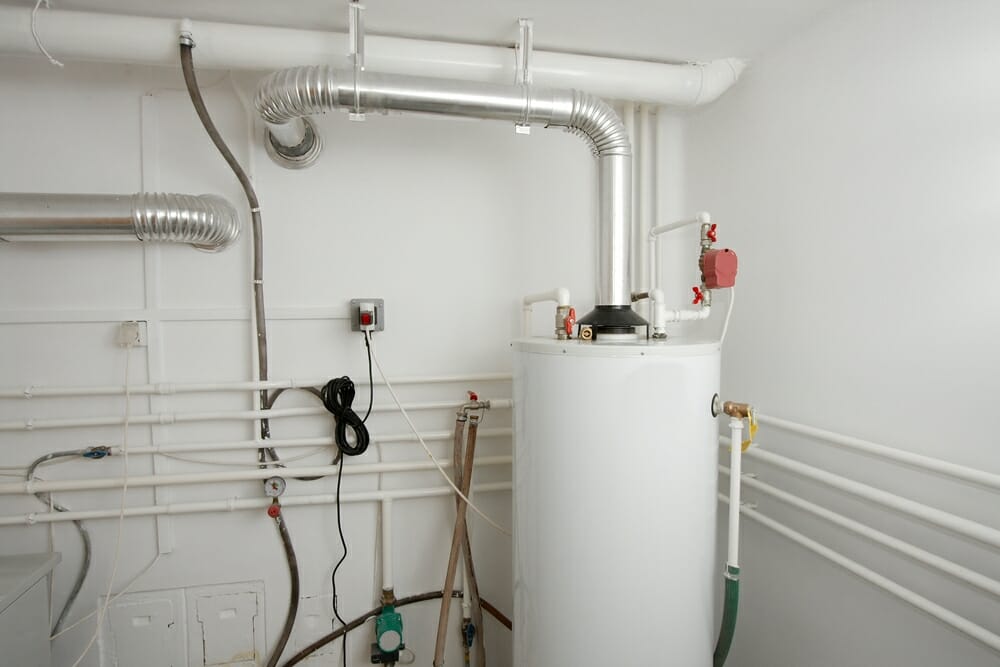HVAC (Heating, Ventilation, and Air Conditioning) methods work by controlling the temperature, humidity, air quality, and airflow within a constructing or enclosed area. These techniques are designed to maintain up a cushty and healthy indoor setting. Here's how an HVAC system sometimes works:
1. Heating:
During the heating season, the HVAC system extracts heat from a heat source and distributes it all through the building. There are various varieties of heating techniques, including:
Furnace: Furnaces use natural fuel, oil, electricity, or other fuels to generate warmth. The heat produced warms the air, which is then distributed by way of ducts utilizing a blower.
Boiler: Boilers heat water to supply steam or sizzling water, which is then circulated via radiators, baseboard heaters, or radiant ground techniques to provide heat.
Heat Pump: Heat pumps can provide both heating and cooling. They switch heat between the indoor and outside models, extracting warmth from the outside air (even in cold weather) and pumping it indoors.
2. Ventilation:
Proper air flow is important for indoor air quality. HVAC methods provide air flow by exchanging indoor air with recent outside air. Ventilation techniques take away pollution, control humidity, and replenish oxygen. There are different methods of air flow, including:
Natural Ventilation: Opening windows and doorways to let fresh air in and rancid air out.
Mechanical Ventilation: Using followers and ducts to control the move of air, ensuring enough ventilation in various parts of the constructing.
three. Air Conditioning:
During the cooling season, HVAC methods remove warmth from indoor air and release it exterior. Air conditioning techniques use refrigerants to cool and dehumidify the air. The cooling process entails several parts:
Evaporator Coil: Warm indoor air is blown over the evaporator coil, where the refrigerant contained in the coil absorbs heat from the air. The cooled and dehumidified air is then circulated back into the building.
Condenser Coil: The refrigerant carrying the absorbed warmth is pumped to the outside unit (condenser), the place the warmth is launched into the outdoor air.
https://acprotech.com : The compressor will increase the pressure and temperature of the refrigerant, facilitating the heat change course of.
Expansion Valve: The enlargement valve reduces the strain of the refrigerant, causing it to broaden and funky rapidly, making ready it for the subsequent cycle.

4. Air Distribution:
HVAC methods use ducts and fans to distribute conditioned air all through the constructing. Ductwork carries heated or cooled air to varied rooms, and followers guarantee the correct circulation of air.
5. Thermostat Control:
A thermostat acts as the control center of the HVAC system. It senses the indoor temperature and, primarily based on the set temperature, signals the system to heat or cool the air till the specified temperature is reached.
Regular maintenance, proper sizing, and proper installation are essential for the environment friendly operation of an HVAC system, guaranteeing optimum consolation, vitality effectivity, and indoor air high quality..
